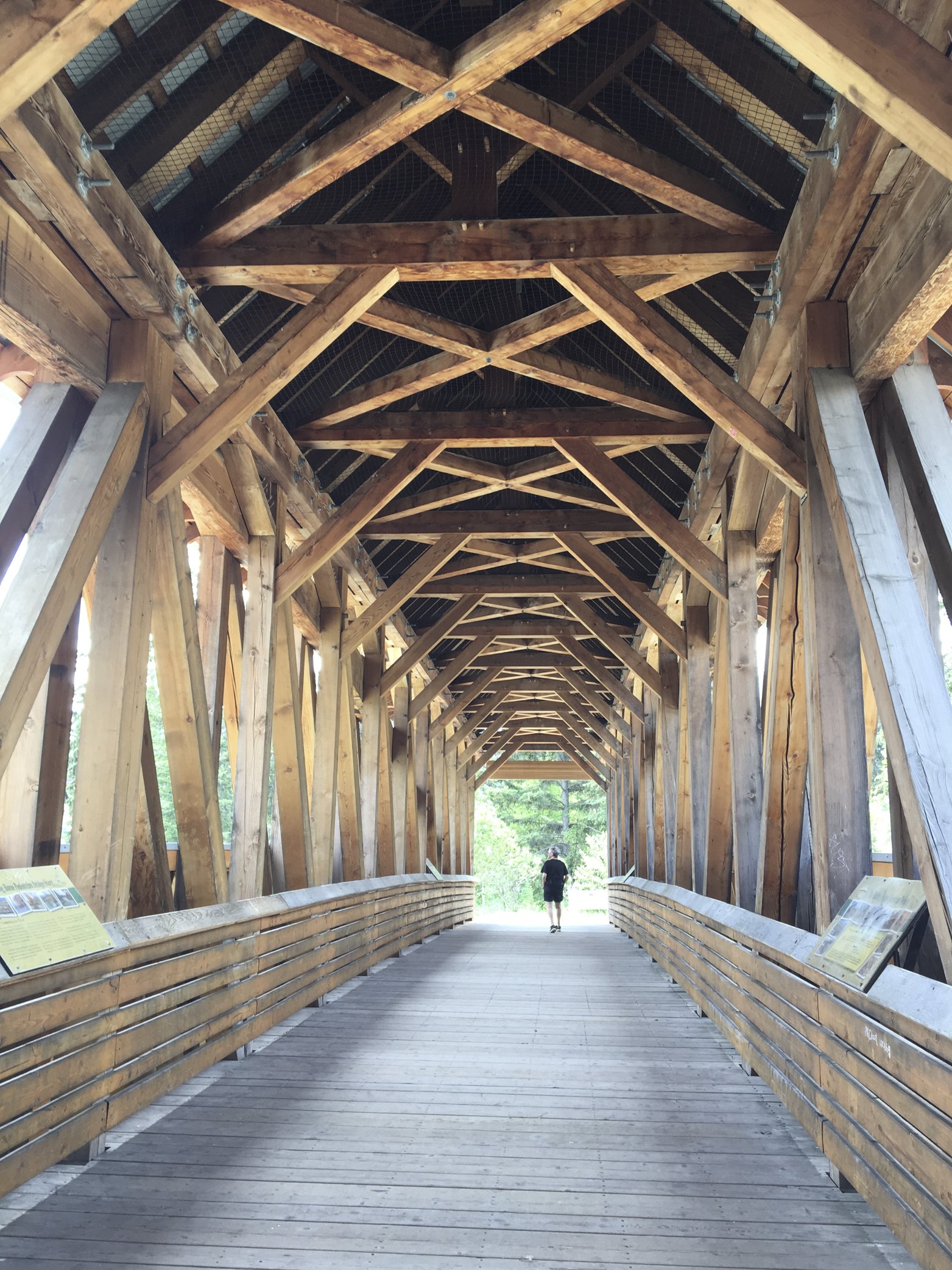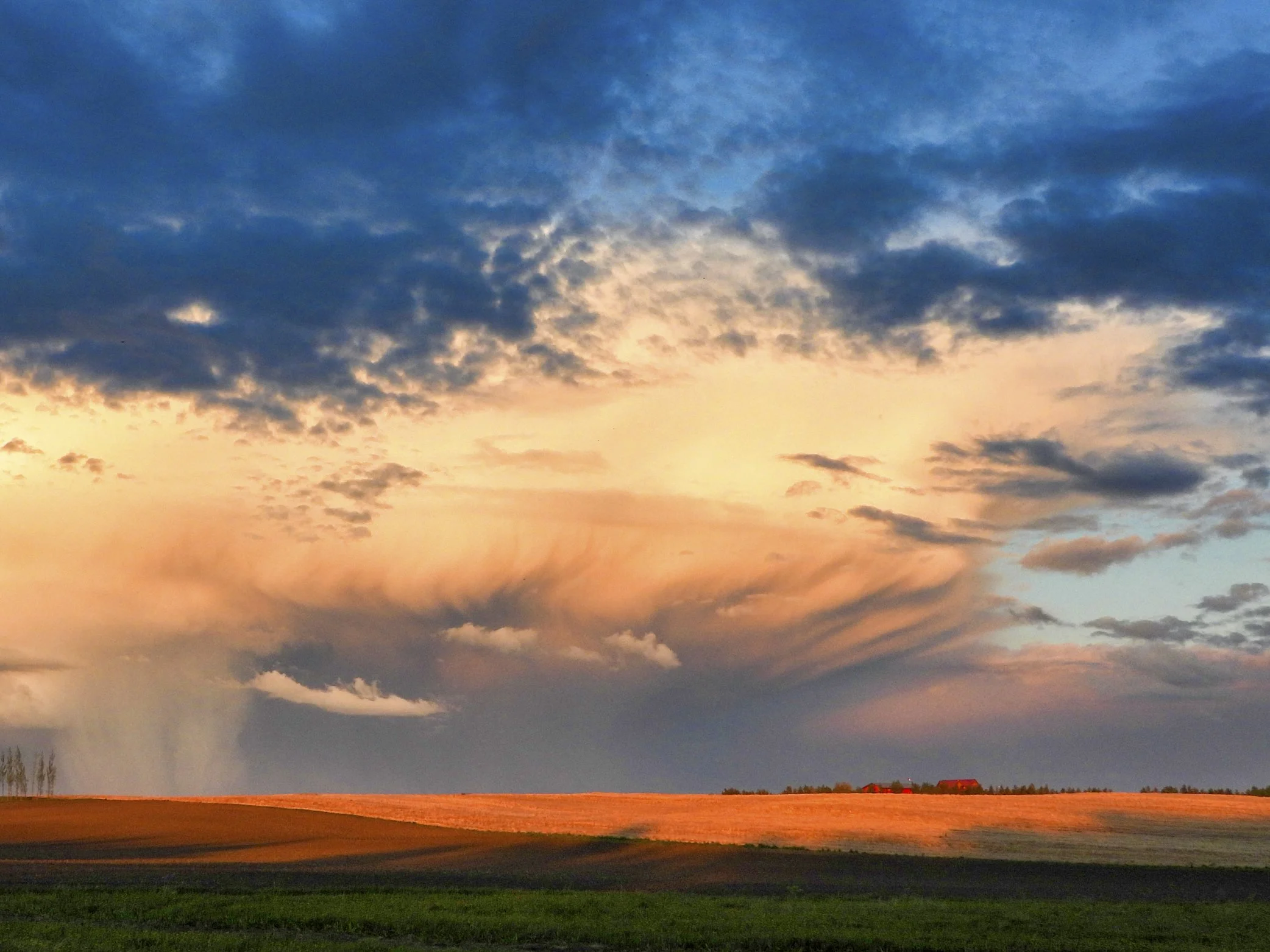What is Juxtaposition in Photography?
What Is Juxtaposition in Photography?
Simply put, juxtaposition in photography is achieved by placing different or contrasting elements within the same frame. This provides a visual comparison and contrast, which in turn, heightens interest.
You may very well have pictures that portray the theme of juxtaposition. When I first learned about this, I discovered various images that fit the description, and I anticipate that you will too.
The benefits of incorporating juxtaposition in photography include:
Create tension.
Attract attention.
Highlight the differences.
Use effectively to tell a story.
Canada Geese feed on spilled grain on an active railroad line, creating tension and telling a story for juxtaposition in photography.
Examples of Juxtaposition in Photography:
Contrast.
Wildlife in a suburban neighbourhood.
A tiny bird perched on a massive rock.
A group of people immersed in conversation and connecting while a nearby person is absorbed only in their phone.
Wildlife in the city is one example of what juxtaposition is in photography. In my neighbourhood, mule deer have become a common sight at different times of the year, as they graze in the easements.
Although this woodchuck is a juxtaposition example in photography, it would be better if it weren’t wildlife in the city. Walking on the roof of the neighbour’s shed, it certainly had my attention after suddenly appearing!
Opposing Sizes.
A tiny frog and a large toad.
A small cygnet and an adult Trumpeter Swan.
A person in the distance, with a vast landscape in the background, or a large structure in the foreground.
Amazingly enough, I first saw the small wood frog when I examined it up close. The large boreal/western toad made me jump, and juxtaposition in photography was not the first thought I had at that moment!
One day, these young cygnets will grow to the size of their majestic parents, the Trumpeter Swan. In the meantime, they’re an example of juxtaposition with their opposing sizes.
Buildings serve as a juxtaposition theme when a subject, the person, appears smaller in the distance.
Unexpected Context.
A flower growing through cracks in a city sidewalk
Trees or plants growing in a rock-filled environment.
Domestic animals grazing alongside wild herds.
Juxtaposition in photography applies to trees growing on a rocky surface.
In a seemingly rock-filled landscape, life emerges with beautiful plants.
Old and New.
· An old relic vehicle or machinery that contrasts with the latest models.
· A historic building or museum surrounded by a modern neighbourhood.
·
Cultural and Social.
· Ancient trees or monuments surrounded by modern-day tourists and visitors.
· A historic landmark against a backdrop of modernization.
· A young person immersed in their phone and an older person reading a newspaper.
Contrast of Emotion.
· A peaceful landscape with a looming thunderstorm in the background.
· A person meditating or calmly sipping coffee in a crowded, chaotic environment.
A peaceful landscape as the sun sets contrasts with the thunderstorm in the background, to stir emotions.
Color Juxtaposition
· A subject silhouetted against a bright background.
· Bold complementary colors or clashing color palettes.
· Golden light on a building in contrast to the shadows.
· A butterfly with bright, colorful wings against a dull background.
Bright colours against a dull background is another example of juxtaposition in photography.
The contrast of golden light from the setting sun and the shade in the foreground contrast.
A contrast of colours with a Western Meadowlark's brilliant yellow against an even-tone background is another example of juxtaposition. Additionally, the emotion that’s evoked also applies.
How to Find Juxtaposition Opportunities in Photography.
Walk around urban or natural areas and look for contrast.
Begin observing unexpected and unusual combinations.
Consider the photos you have that may already portray juxtaposition in photography.
Tips for Photographing Juxtaposition.
Use the rule of thirds and effective composition to balance the contrasting elements.
Focus on storytelling: how could the contrast make the viewer feel or think?
Consider how to emphasize the contrast between subjects.
Experiment in black and white to enhance tonal or emotional contrast.
Common Mistakes to Avoid.
Forcing the contrast—does the juxtaposition feel natural?
Cluttered backgrounds reduce the impact, unless they add to the story.
Not enough contrast to the point where the differences are more subtle compared to more obvious ones.
In Conclusion.
Regardless of whether you use a camera, your phone, or other means to take photos, consider juxtaposition in photography as a fun and interesting challenge.
Placing two or more contrasting elements side by side, capturing behaviours, subjects, or themes to create a visual push-pull, to deepen the insights and develop new and interesting perspectives, falls within the theme of juxtaposition in photography.
In addition, please visit 5 beginner phone photography tips if you’d like to incorporate phone tips and juxtaposition on your phone photography outings.













